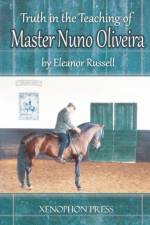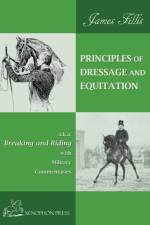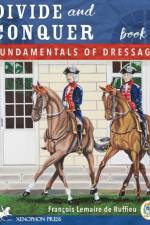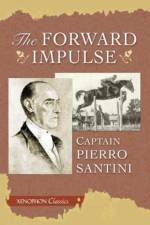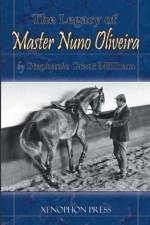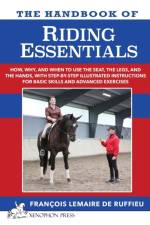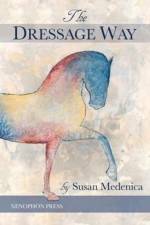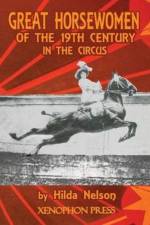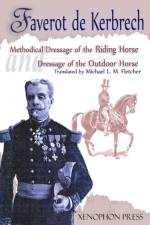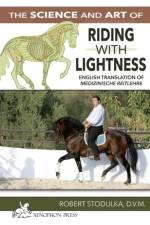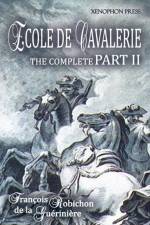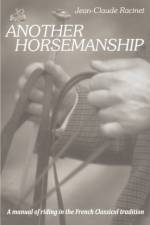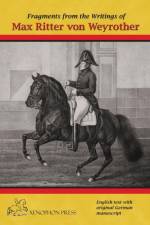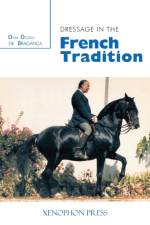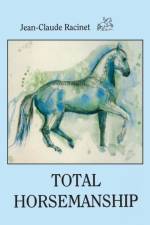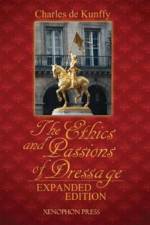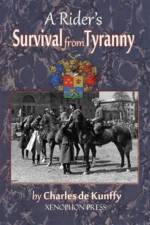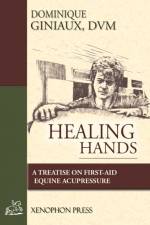- with an Appendix from Part I On the Bridle
von Francois Robichon de la Gueriniere
44,00 €
François Robichon de la Guérinière (1688-1751) was born in Essay, a small town near Alençon, where his father was a lawyer; he was also an officer at the court of the Duchess of Orleans. La Guérinière was a pupil of Antoine de Vendeuil, who was "Écuyer ordinaire de la grande ecurie" in Versailles between 1680 and 1717. In 1715, de la Guérinière received the title as "Écuyer du Roi," which entitled him to give lessons. In 1730, Prince Charles of Lorraine, "Grand Écuyer de France" (Master of the Horse) named him director of the Royal Stables at the Tuileries, which had been founded by Antoine de Pluvinel, Louis XIII's teacher. De Pluvinel is best know for his work: The Maneige Royal, 1626 [Xenophon Press 2010].La Guérinière's book, École de Cavalerie, was first published in 1731 and again under different titles between 1733 and 1802. It consists of three parts: Knowledge of the Horse In and Out of the Stable; Training; and Treatment of Illness.This expanded volume contains all Chapters I - XXII of the Second Part of École de Cavalerie, entitled ''De La Manière de Dresser Les Chevaux, Suivant Les Diferens Usages Auxquels On Les Destine.'' (The Method of Training Horses According to the Different Ways in Which They Will Be Used). Chapters XIX through XXII are new to this edition and contain valuable information pertinent to today's riders and trainers. In discussing subjects as the training of the war horse, the hunt horse, the coach horse and other matters such as tournaments, jousting, carousels, etc., the author reveals important training advice that will be invaluable to riders of many disciplines. The illustrations used are reproduced from the 1733 edition. Further expanding this edition is an Appendix including a new translation of Chapter VI from Part I: On the bridle. Part II, the training portion of the three volume book heavily references the bridle and the use of the rider's hands. As editor, I felt it was important to include these detailed descriptions and recommendations of the time as most are completely applicable to today's rides especially with the interest in historic bits, bridles and equipment.École de Cavalerie is one of the best works on equitation ever to appear in France. In fact, it would not be an exaggeration to say that after a long struggle beginning in the renaissance academies of Italy, equitation in France suddenly flowed forth from La Guérinière. To quote the late Head of the Spanish Court Riding School in Vienna, Colonel Alois Podhajsky, "It was the great riding master La Guérinière who produced the most revolutionary book on riding of all time. Unlike [those by] his predecessors, his book is clear and easy to understand. He based it on simplicity and facts, in order to be completely understood by his readers." His principles are still "applied unaltered at the Spanish Court Riding School and may be seen there in daily use."It is for these reasons that La Guérinière is considered the Father of French Equitation and the Father of Modern Dressage; and it is impossible to read a book about dressage without finding his name mentioned, credit given to him, and an occasional quote from his work. Thus, the serious horse-person who takes the time to read La Guérinière's work cannot help but enrich his/her own knowledge by discovering the depth and quality of information that forms the base of much of our equestrian theory.


